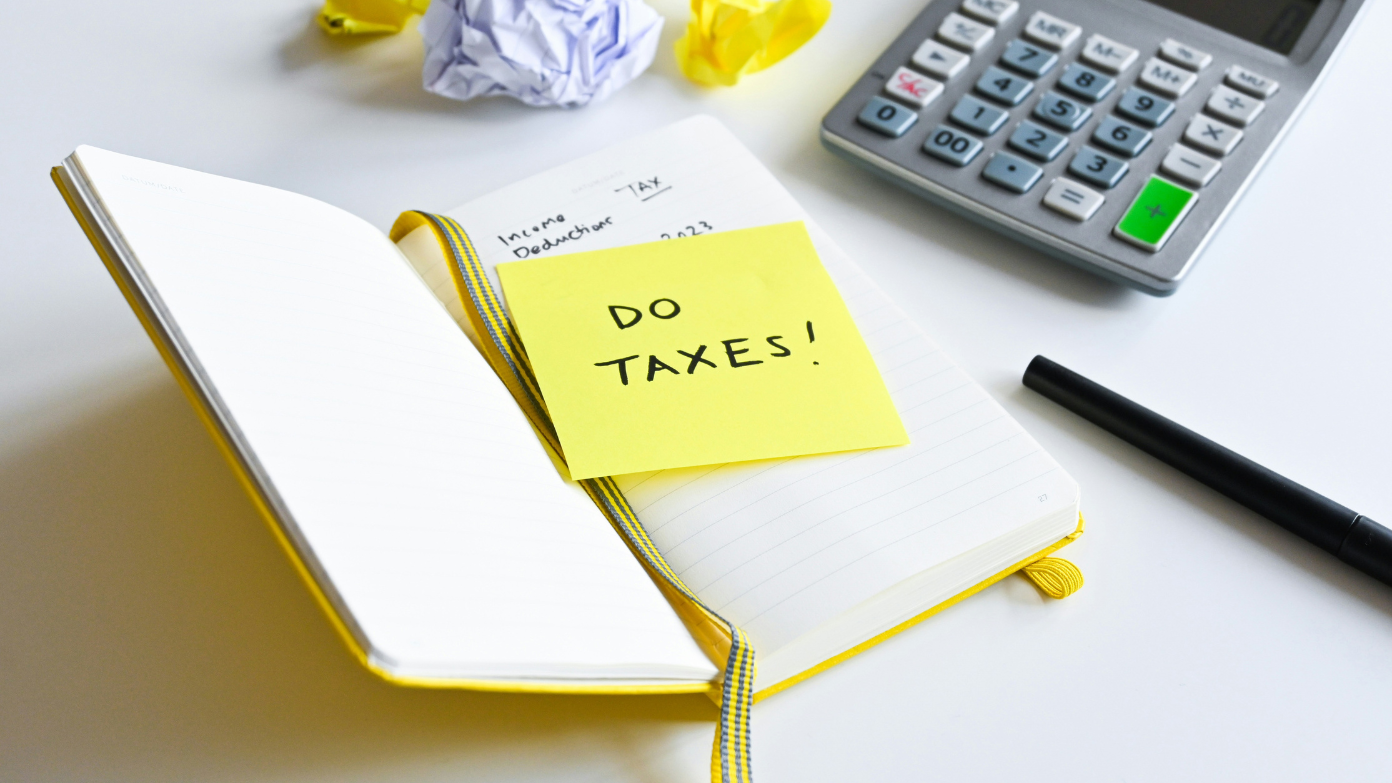The Self Employed Tax Credit, or SETC, remains one of the biggest economic support mechanisms for freelancers, independent contractors, and small business owners in 2025. It was created to support self-employed workers whose incomes were affected by the COVID-19 pandemic. As the last deadline closed out in April 2025, it is more important than ever to understand how this credit is computed, whether one qualifies, and how to claim it.
What is the Self Employed Tax Credit?
The SETC is a government initiative formed with the sole intention of providing financial relief to self-employed persons who were financially burdened due to the COVID-19 pandemic. The scheme of tax relief favors the payment of tax to self-employed employees who were negatively impacted by illness, care giving, or other interruptions of the pandemic. It’s all in the grand effort of assisting small business owners and independent workers through tax relief amidst economic recovery.
SETC amount for 2025
In case you are an eligible self-employed taxpayer, the SETC can provide a lot of relief with tax credits of as much as $32,220. That is an enormous sum that can greatly impact your net tax situation. The credit is based on your individual situation, such as the number of days that you were out of business because of COVID issues and your average daily self-employment earnings in the period impacted.
Self-employed workers ought to know that this is on top of the Earned Income Tax Credit (EITC), which offers other 2025 incentives of between $649 for solo workers and $8,046 for employees with three or more children.
Eligibility requirements
If you qualify for the SETC tax credit in 2025, you ought to meet a couple of key requirements:
- You ought to have worked for yourself during the COVID-19 crisis years (2019, 2020, or 2021)
- Your business needs to grapple with the adverse effects of the pandemic, that it lost work or business revenues
- You need to have been paying normal taxes throughout the COVID-19 period
- Your net business revenues in the years of COVID-19 must outweigh your investments
- You should be able to present evidence for your days of no working due to COVID incidents
Who qualifies for SETC?
The SETC appeals to a huge section of the self-employed, who include:
- Proprietors.
- Independent business owners
- 1099 contractors
- Gig workers
- Freelancers
- Small business owners
If you belong to any of these groups and faced work disruptions during pandemic years, you might be eligible for this tax credit. The program is mainly for those who were unable to work due to illness, quarantine orders, or pandemic caregiving duties.
How to claim your SETC
The SETC claim must be supported by documents and filed appropriately. Here is the step-by-step process:
- Estimate your probable credit with an estimation tool to determine how much you will probably be qualified for
- Gather all documents that may be needed, including tax documents and proof of qualifying self-employment expenses
- Complete IRS Form 7202 with accurate information about the days that you were unable to work and your average daily earnings from self-employment
- File Form 7202 with your income tax return for the proper tax year
- File a corrected return if you were qualified but didn’t claim the credit on your initial 2021 tax return
Numerous self-employed workers prefer it when they hire tax experts because of the complexity of the application process for SETC. Professional help can assist you in claiming the highest amount of credit as well as making sure all requirements for documentation are adequately addressed.
Key deadlines and considerations
The last date to file for the SETC for tax year 2021 is April 15, 2025. Failure to do so may result in losing your right to this important tax credit.
Self-Employed Tax Credit has also introduced a new advance funding feature that enables eligible taxpayers to receive their tax refunds within 5-7 days, much quicker than the regular IRS processing period of 12-20 weeks.
It is noteworthy that it may be difficult to calculate the actual coronavirus days lost and your average daily self-employment income. Various certified public accountants advise hiring SETC-recommended firms in an attempt to accurately complete the forms so that mistakes could cost you money or result in an IRS audit.
By being aware of your right and properly claiming the SETC, you can likely receive significant relief from tax as a self-employed individual affected by the pandemic.
Read more: IRS Mileage Rates 2025: how much is it, what are the rules and how to calculate
Read more: What is the Roth IRA, how much is the maximum income and what are the contribution limits in 2024?

